
Graphene-based sheets make dirty water drinkable simply and cheaply (27/07/2016)
Engineers at the Washington University in St. Louis (WUSTL) have developed graphene-based biofoam sheets that can be laid on dirty or salty dams and ponds to produce clean drinking water, using the power of the sun. This new technique could be a cheap and simple way to help provide fresh water in countries where large areas of water are contaminated with suspended particles of dirt and other floating matter.

Yahoo seals US$4.8b deal with Verizon for its core assets (26/07/2016)
SAN FRANCISCO: Yahoo sealed a deal on Monday to sell its core business to telecom giant Verizon for US$4.8 billion, ending a two-decade run as an independent company for the internet pioneer.
DPM holds bilateral meetings on ASEM Summit sidelines (17/07/2016)
Deputy PM, FM Pham Binh Minh met with the foreign ministers of France, Italy and Ireland and the Swedish Minister of Education on July 15 within the framework of the 11th Asia-Europe Meeting (ASEM) Summit in Ulan Bator, Mongolia.

Next-gen adhesive based on octopus suckers (15/07/2016)
Along with their unique propulsion system and ability to change color, octopi are also known for their grabby tentacles. Now, Korean scientists have developed a material that mimics the sucker discs on those tentacles. It could be used for adhesive pads that are reversible, reusable, fast-acting, and effective even in wet conditions.
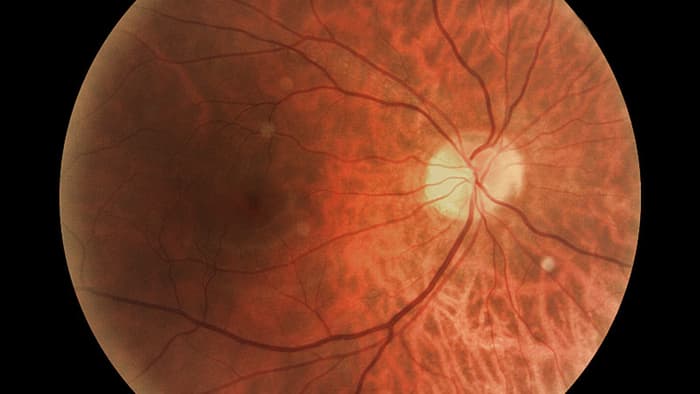
Regenerating connections between eye and brain restores vision in mice (15/07/2016)
Medical researchers have been able to restore partial vision in mice by regenerating previously severed optic-nerve cables. It's the first time researchers have succeeded in restoring important aspects of vision in mammals, and the breakthrough could lead to future work that restores sight in the blind.
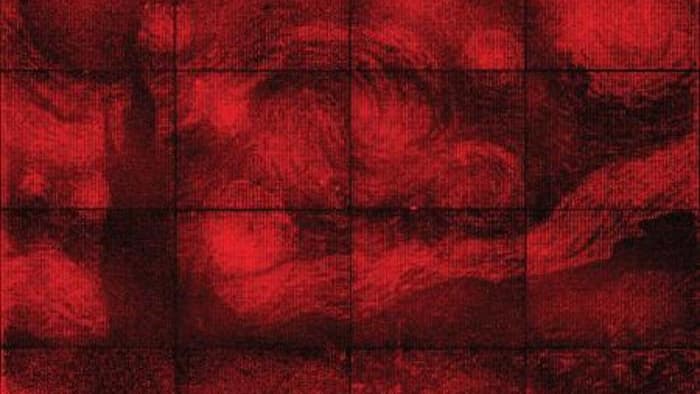
Tiny, glowing Van Gogh replica created using "DNA origami" (15/07/2016)
The intersection of art and technology is a fascinating place, and researchers often use works of art to practice or demonstrate techniques that can have more practical applications later on. Researchers at the California Institute of Technology have recreated a miniature, monochromatic version of Vincent Van Gogh's The Starry Night, to test methods of precisely folding DNA and attaching fluorescent molecules, which can be applied to manufacturing smaller computer chips.
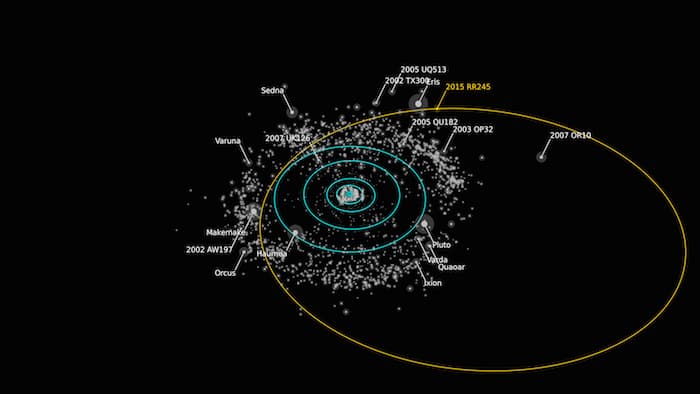
New dwarf planet discovered beyond Neptune (15/07/2016)
A new dwarf planet has been identified on the fringes of our solar system. Designated 2015 RR245, the object's size hasn't been confirmed just yet, but its discoverers estimate it to have a diameter of 700 km (435 miles) and one of the largest known orbits of a dwarf planet, circling the Sun once every 700 years.
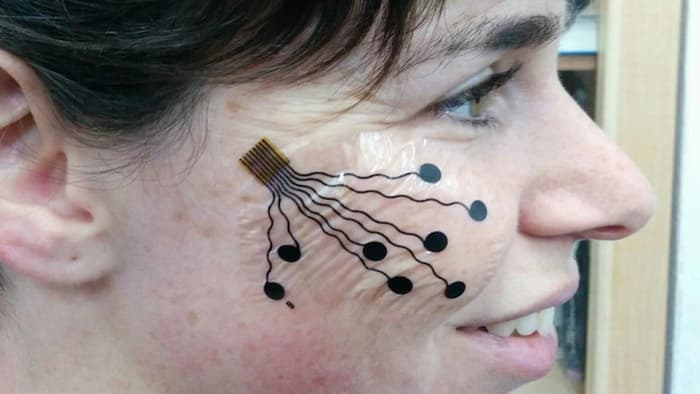
Electronic "tattoo" muscles in on emotion mapping (12/07/2016)
Electromyography procedures, which record the electrical signals of muscles to diagnose neuromuscular disorders, usually require the insertion of a needle electrode into the muscle itself. Obviously, that isn't exactly a pleasant experience, so a team at Tel Aviv University's (TAU's) Center for Nanoscience and Nanotechnology have developed a more comfortable and accessible alternative in the form of an electronic "tattoo" that unobtrusively monitors muscle activity, for a range of medical and commercial purposes.
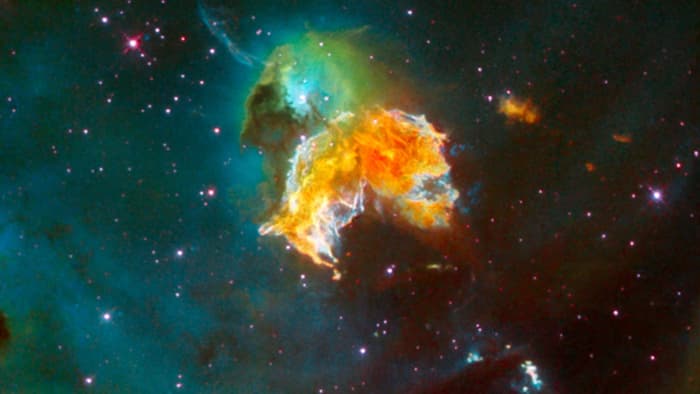
Radiation bombardment from ancient supernovae may have triggered climate change (11/07/2016)
Shakespeare said that the fault lies not in the stars, but in ourselves. Maybe, but scientists at the University of Kansas say that the stars might have some explaining to do. According to computer models, a pair of supernovae that exploded 300 light years away between 1.7 and 8.7 millions of years ago could have released radiation that seriously affected life on prehistoric Earth and may even have triggered an ice age.
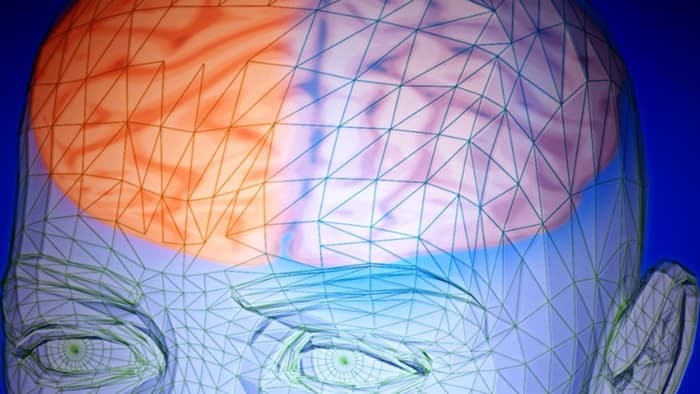
For skull-embedded brain window, the benefits are becoming clear (11/07/2016)
Earlier this year, scientists made news by embedding a transparent window into the head of a fruit fly to be able to monitor its thoughts. But researchers elsewhere have been working on developing a transparent window to the human brain since 2013. Now two new studies have bolstered the concept's feasibility.









